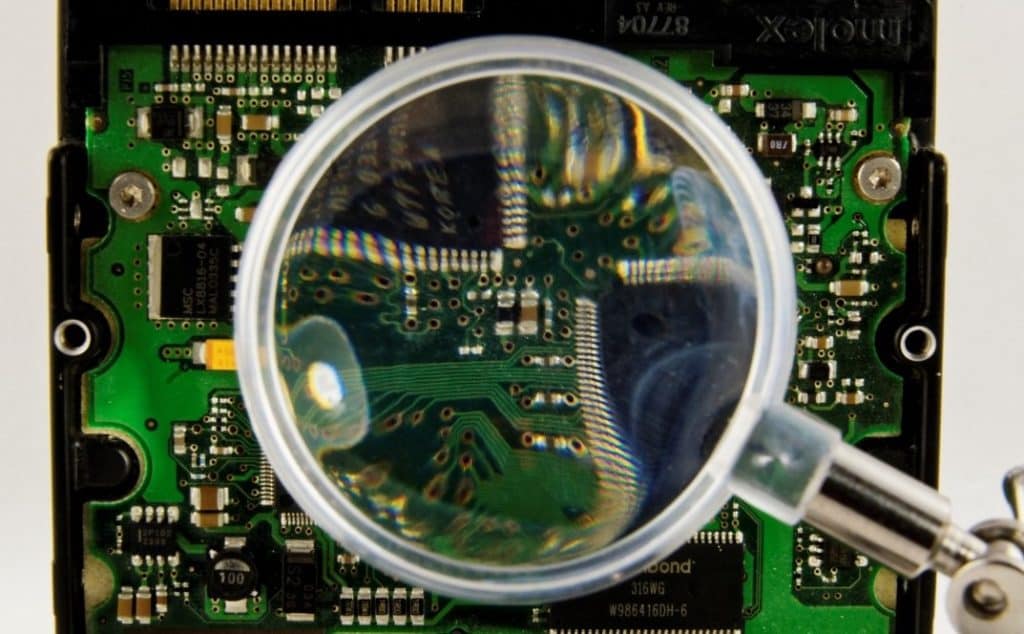

Quick Scan uses the metadata still available in the file system. It searches for lost files by scanning in two possible modes, namely Quick and Deep Scan. Disk Drill is an app, developed by Cleverfiles, which helps in data recovery. MAC addresses can also be used in data recovery to connect to a wireless device. Therefore, it is important for device owners not to reveal their MAC addresses to anyone, except to authorized personnel. For these reasons, many companies and institutions require the MAC addresses of their members’ devices. It can also have other uses, such as identifying when a stolen device connects to the network. In this manner, if the IP address changes, as for example in the case of dynamic IP addresses, the MAC address can still identify the device.įiltering can be used to track network users, and to limit their access. In order to prevent strangers from accessing a network, the router is set to accept only specific MAC addresses. One of the applications of MAC addresses is in the filtering process on wireless networks. Some firms may have more than one MAC address. Some manufacturers, such as Dell, place a unique identifier in the MAC address, which is called the Organizationally Unique Identifier (OUI), and identifies the manufacturer. An example of a MAC address is 30-65-EC-6F-C4-58. The format is six sets of two digits or characters, separated by hyphens. The MAC address is formed in accordance to the rules of the three numbering name spaces, which are managed by the Institute of Electrical and Electronic Engineers (IEEE).

During network communication the Address Resolution Protocol (ARP) for the Internet Protocol Version 4 (IPv4) or the Neighbor Discovery Protocol (NDP) for IPv6 translates the IP into a NIC. The NIC is a computer circuit card that allows a computer to connect to a network. The MAC address is usually assigned by the manufacturer of a Network Interface Controller (NIC), and it is stored in the hardware. Among its applications are the Ethernet, 802.11 wireless networks and Bluetooth. Sometimes it is known as the burned-in address (BIA) or the Ethernet hardware address (EHA). It is used as a network address for most IEEE 802 network technologies. It is a unique identifier for network interfaces. The fact that it's "hard" set and burned into the NIC is a little misleading.MAC stands for Media Access Control. Unfortunately a lot of gear can change the MAC on the fly, so that's kind of useless as a security identifier. This is why you can't get the remote ARP unless you communicate with a program (such as an snmpd) running on the PC(or device) that will give it to you, or with a device on the same subnet where you can get a shell.Īn interesting misconception about MACs is that you can use them for security to ID a NIC. The client doesn't need to know or care about the destination MAC unless it's communicating directly with it and there are no routers involved. The network gear at the other end sorts out the ARP and routes the packet appropriately once it reaches the destination broadcast domain. Outside of that it's been routed and this is done with a TCP/IP (and rarely IPX) address encoded in the packet headers. Unfortunately ARP is only maintained and available within the broadcast domain. Once you've communicated you need only to look up the MAC in your local ARP cache to address non routed packets. Any time you connect to a device over the network, within your broadcast domain, (often your subnet) you add that remote device's MAC to your ARP cache (aka table). Much like a sort of wire level DNS, ARP stores a IP to MAC mapping in the arp cache in the network gear and stations. TCP IP was created to allow routing between broadcast domains, as opposed to enlarging them (a la bridging) The IP address is easier and more logical for humans to route, deal with and organize in a much more orderly fashion than could be done with MAC (considering how ethernet works and the intended use of the MAC).


See the mac address is how wire level network addressing happens.


 0 kommentar(er)
0 kommentar(er)
